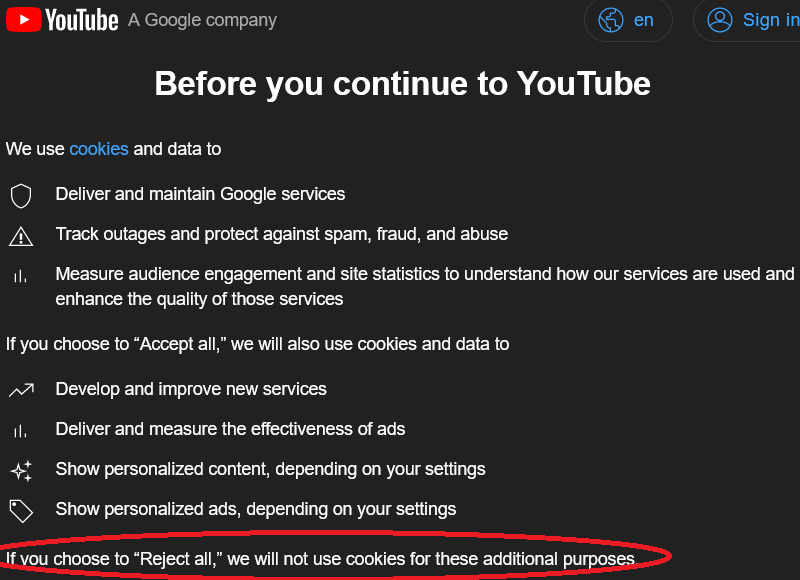We make many decisions during our lifetime. Some more consequential than others. Some that rely on too few choices. Some where we are overloaded with choices.
There are times when we make a decision and move on. Then there are others when we go back to a decision and regret the road not taken. To decide, what kind of choices do we have?
An excess of choice could lead to the paradox of choice. It might seem that having plenty of options is always good and that you should be able to make the best decision. However, too many choices could overwhelm you, making it hard to decide. The etymology of the word “decide” might help us understand why.
The word “decide” has two parts: de- meaning “off” and -cide meaning “to cut”. When given a set of choices, to decide means to cut off all other choices. If you have a limited set of choices, then elimination of the less desirable ones is easier. On the other hand, too many choices makes elimination challenging. This has the potential to make you anxious.
Perhaps it is not only about the number of choices, but whether the choices are worthwhile. For many consequential things in society, there are very few choices. Even in places where it may seem that you have plenty of choices, e.g. tomoto sauces in supermarket, these choices are an illusion. A small set of companies own many of the brands.
The illusion of choice is not restricted to food and supermarkets. We see this illusion on websites in the form of cookie banners. Not the crunchy cookies, but the sticky ones.
Some cookie banners seem to offer a Hobson’s choice, where you have one choice and everything else is undesirable. Others, however, are even worse. They offer you a Morton’s fork. They are misleading (e.g., using “all” to mean “some”) and use personal data regardless of what choice you make. It doesn’t matter which choice you cut-off because you have no desirable choice.
